PEARL GEMSTONE – THE BIRTHSTONE FOR JUNE
TYPES OF PEARL - COLORS - PRICES - LENGTHS - CARE & CLEANING
This post contains affiliate links. If you use these links to buy something I may earn a commission. Thanks! As an Amazon Associate I also earn from qualifying purchases.
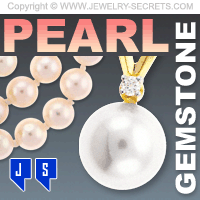
Pearls are the Official Birthstone for the Month of June. Alternative Birthstones are Alexandrite and Moonstone.
Pearl is also the Gemstone that represents those born on Monday. Plus, it’s the Zodiac Gem (Astrological) for Cancer and Gemini. So, as you can see, Pearl has many meanings for many different things.
Take a look at Amazon for some interesting Pearl Jewelry!
What is a Pearl?
Pearls are an Organic Gemstone. They come from a Soft Bodied Animal with a Hard Exterior Shell. This Animal is called a Mollusk. Most people just call them “Oysters“. But the truth is, there are over 100,000 different types of Mollusks on the Earth:
|
|
Do note that most Mollusk that grow Pearls are NOT the edible type.
How are Pearls made?
Pearls (which come from the Roman word “Pirula” meaning Tear Shaped) are made in a Hinged Bivalve Mollusk Shell in the Salt Water (and Fresh Water) Seas. This is also why they are called Sea Pearls.
This Bivalve Shell can open and close just like a set of Wings. This allows the Mollusk to eat.
Inside the Shell are the Guts of the animal (Pinctada). The Guts are made up of an assortment of things:
|
|
Take a look at an Open Oyster Shell with a Pearl inside!
Pearl in an Oyster Shell
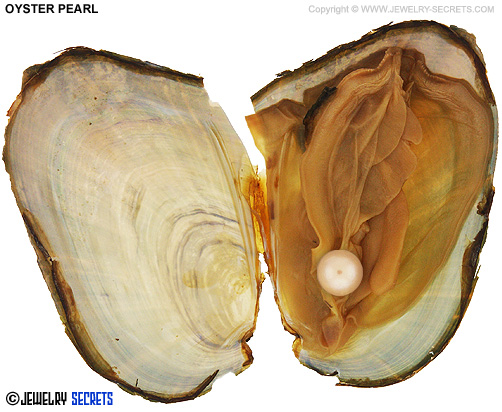
A Pearl is formed when an Irritant (Parasite Intruder) gets into the Mollusk and the Mollusk can’t Expel it.
When it can’t get rid of the irritant, it covers the irritant with layers of Nacre. This Nacre builds up layer by layer and the end result is a Pearl. The longer the Irritant stays in the Mollusk the larger the Nacre grows, which means, the larger the Pearl becomes.
Most of what you’ll find in today’s market (in Jewelry Stores) are NOT Natural Pearls. Natural means they are taken directly from wild oysters in the sea (not touched by man).
In Jewelry Stores, what you’ll find mostly are Cultured Pearls!
Cultured Pearls
Cultured Pearls are made on Pearl Farms in Salt Water Seas with the help of man. These farms Artificially Inject (Surgically Implant) an Irritant (Bead) into the Mollusk to begin the Cultivation Process. This cultivation can take up to two-three years to form one Commercial Pearl.
As the Nacre (Calcium Carbonate, which is a whitish substance) builds up, the Pearl gets larger, more Expensive and more Lustrous.
The layers of Nacre are what allow light to pass through the Pearl creating that Prismatic Effect known as the “Orient“.
The thicker the Nacre layer, the better the Orient.
You can judge the Thickness of a Pearl’s Nacre by using a 10x Jewelers Loupe and viewing the Pearl’s Drill Hole.
(See picture below)
Nacre Thickness
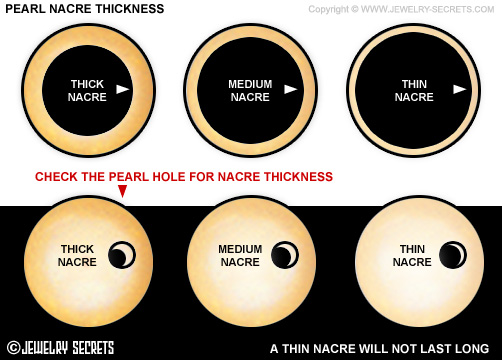
A thin layer of Nacre could spell trouble. It can Chip easily, Wear Down or Rub off in just a couple of years. A medium Nacre or a larger Nacre is much Better for Protection, Shine and Beauty.
Cultured Pearls dominate the world because of a couple of reasons:
- They can control the Shape and the Size of the Pearl
- They Yield more Production
- It’s Easier to Match Pearls
- It takes less Cultivation Period to grow a Pearl
Natural Pearls are much harder to come by. They are a Vanishing Breed because of Over-Fishing and Pollution. Plus, most wild Mollusks in the sea don’t carry Pearls, so hunting them could take vast amounts of time and money.
Types of Pearls
There are many different types of Pearls to choose from. For now, I’ll concentrate on just the most popular ones.
Mother of Pearl – Pearl taken from the pearly lining of a Mollusk shell. You’ll see Mother of Pearl used quite regularly for the faces of Ladies Watches.
Cultured Pearls – Pearls grown on a pearl farm in salt water, cultivated by man of course.
Natural Pearls – Pearls grown from Mollusks in the salt water seas, not aided by the intervention of man.
Mabe Pearls – Pearls that grow beneath the mantle tissue of a Mollusk and stick to the inner surface of the shell. This pearl is then cut off, which gives them a flat side on the bottom, and generally a dome on top.
Seed Pearls – Very small pearls, usually 2mm or less. You’ll find seed pearls in antique jewelry and even mother’s rings.
Freshwater Pearls – Irregular shaped pearls grown in freshwater that look like little grains of rice.
Some Freshwater Pearls are grown with better, more Sophisticated Techniques that give them a Smooth, Round Surface like a Real Pearl. These Pearls are commonly called Potato Pearls.
(See the picture below of various types of Pearls)
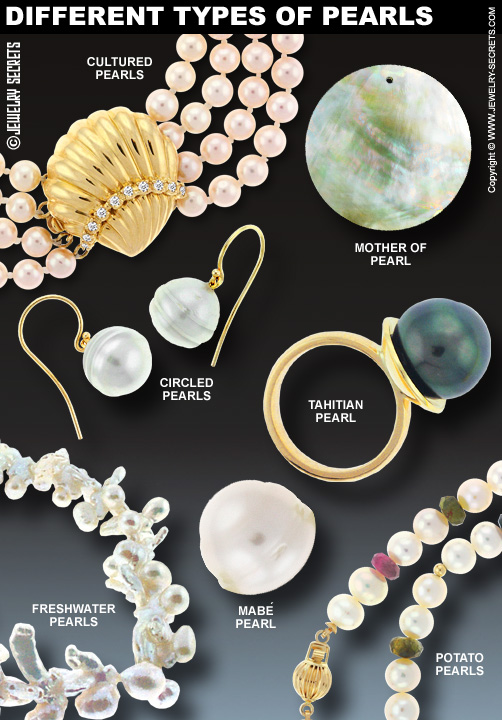
4 Major types of Cultured Pearls
Most of the Pearls that you see in stores can be broken down into 4 main types of cultured pearls:
|
|
Let’s take a closer look at them…
Akoya Pearls
Akoya Pearls are Pearls grown in Salt Water Oyster Mollusks called Pinctada Fucata, or P. Fucata. Primarily grown in Japan, China and Vietnam, these oysters can grow Pearls ranging from 2mm – 10mm in Size.
Each Oyster can produce anywhere from 1-5 Pearls at a time and it generally takes about 6-24 months of cultivating time.
Akoya Pearls are best known for their Consistency in Size and Shape. They are Great Pearls to use for Pearl Strands or Necklaces since they look Uniform and Match so well.
The average Akoya Pearl size is 6-7mm.
South Sea Pearls
South Sea Pearls produce Wonderful Pearls grown in Salt Water. These Pearls can get quite Large in size: 8-18mm.
South Sea Pearls are Harder to Match because of their Size, so they tend to also be quite Expensive.
South Sea Pearls are generally grown in Australia, Indonesia and the Philippines.
One Mollusk (called Pinctada Maxima, or P. Maxima) can grow only one Pearl at a time, and that can take anywhere between 18-36 months to mature.
South Sea Pearls are quite Rare and end up having more of a Satin Finish to them than a Mirrored Finish like the Finer, Akoya Pearls do.
Tahitian Pearls
Tahitian Pearls are my favorite type of Pearl. I just LOVE them!
Tahitian Pearls come from a Black Lipped Mollusk called Pinctada Margaritifera, or P. Margaritifera.
These Salt Water Mollusks produce only one Pearl at a time in the French Polynesia Seas and around the Cook Islands.
It generally takes about 18-24 months to grow a Pearl, and sizes range from 8-17mm.
Tahitian pearls are commonly called “Black Pearls“, but in reality, they often emit hues of Greens, Blues, Grays and Purples.
Their Intense Luster and Shine is what makes these Pearls Expensive and Wonderful to own.
Freshwater Pearls
Freshwater pearls come from a Mollusk called Mussels.
Mainly grown in the Freshwaters of China, Japan and even the U.S. Freshwater pearls are a High Volume Production Pearl which keeps their Prices low. The reason they are high volume is simple: One pearl can produce up to 50 pearls at a time. That’s a lot of Pearls!
Sizes and Shapes of Freshwater Pearls vary. Most look like little Rice Krispies, while others look almost round, hence the name: Potato Pearls.
Average pearl sizes are 2-13mm.
Pearl Shapes
Pearls can come in some unbelievably Amazing Shapes. The most common is Round. But, if you look at them, most Pearls are NOT Round. Or at least, not totally round. Since Pearls are Organic in Nature, they tend to be a little Imperfect.
Some of the Coolest Shapes of Pearls are those that are Irregular.
Let’s take a look at them.
Symmetrical Pearls
Symmetrical Pearls are pearls that are Balanced, even when Cut in half. Shapes like:
- Drops – Tear Dropped Shape
- Oval – Oblong Shape
- Button – Circular, Flat and often Domed
Baroque Pearls
Baroque Pearls are those that are more Asymmetrical in Shape:
- Baroque – Irregular Shapes
- Semi-Baroque – Slight irregular shape
- Circled Pearl – Pearls that have grooves or rings all the way around the pearl (see picture above). These rings give the pearl such great detail and personality. I love how they look!
Pearl Colors
Pearls can come in many different Colors. Most of what you’ll find on the market are:
|
|
When we talk about Pearl Color, we normally are talking about the Body Color, or Dominate Color of the Pearl.
But Color can also come from the Overtones the lie over the body. Just rotate the Pearl in the light and you’ll see Translucent Colors that help give the Pearl Depth, Luster and Beauty.
Color also comes from the Orient. Which are Shimmers of Rainbow Iridescents that roll over the Surface of the Nacre. This is what makes a Pearl come to life.
The thicker the Nacre, the more Orient a Pearl will have.
Pearl colors are broken down into 3 Main Categories:
- Neutrals – Which includes White, Gray and Black Pearls.
- Near Neutrals – Which includes Silver, Cream and Brown Pearls.
- Fancy Colors – Every other pearl color that exists.
Some common Fancy Color terms on the Market are:
- Apricot – Light Pink, Orange Chinese Freshwater Pearl
- Aubergine – Tahitian Dark Gray, Purple Pearl
- Golden – Green, Yellow, Orange South Sea Pearl
- Lavender – Light Pink, Purple Freshwater Pearl
- Pistachio – Yellow, Green Pearl
- Peacock – Dark Green, Gray, Blue Tahitian Pearl (my favorite color).
Fancy colors can actually be defined as 19 different Pearl Hues.
They are:
Pearl Hues
|
|
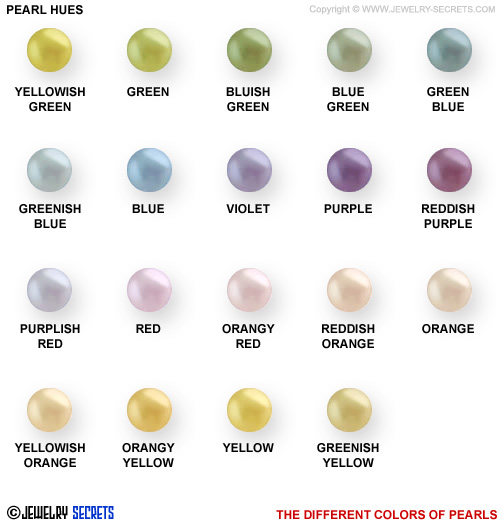
If you want to know what the Meanings of these Colored Pearls are, read: Pearl Color Meanings!
Pearl Necklace Lengths
Pearls come in an assortment of Lengths. Believe it or not, these Lengths actually have a name.
Take a look:
- 16″ – Choker
- 18″ – Princess
- 24″ – 27″ – Matinee
- 32″ – 36″ – Opera
Pearl Locations
Cultured Pearls can come from all over the Globe. But the main Pearl Farms are located here:
|
|
Pearl Hardness
Pearls are NOT a Very Hard Gemstone. On the Moh’s Scale of Hardness, they rate only a 2.5-3.5. You can practically Scratch them with your Fingernail.
The great thing about Pearls is the fact that the Pearl grows in Layers. These Layers are naturally Glued together with a Substance called Conchiolin that binds the layers together. This helps make the Pearl Durable enough to Wear everyday and actually Durable enough to withstand an Accidental Drop every now and then.
The Specific Gravity of a Pearl is 2.72-2.78. Which means, it will Float in Oil. But don’t try this at home for the Pearl will absorb the oil and could damage it.
Anniversary Gifts
Pearl is the Anniversary Gift to give for the 1st, 3rd, 12th, 30th and 80th Wedding Anniversaries.
Pearl and Chakra Gemstones
Pearls are widely used as the Chakra Gemstone for the 2nd Chakra, which is also the Sacral Chakra.
Pearls are known to help with great Cures, Healings and Karma like:
|
|
Purity is what makes Pearl the Perfect Gift for the Bride-to-be. :)
Weddings and Pearls
The Tradition of Wearing Pearls for the Wedding actually began as far back as 3000 years ago when Krishna gave his Daughter Pearls to Wear on her Wedding Day.
The Pearl Necklace has never gone out of style. Brides today wear them more than ever.
Pearl Values
There are 7 different Attributes that affect the Value or Price of a Pearl. They are:
- Size
- Shape
- Color
- Luster
- Surface Quality (blemishes)
- Nacre
- Matching
Pearl Necklace Strand Prices
Prices for Pearls can be all over the board. Anywhere from $60 to $3000 or more. It all depends on the Quality of the Pearl.
One single Tahitian Pearl could cost you as much as $2400. Think about that if you’re looking for a Beautiful Tahitian Necklace with 36 Pearls. It could cost you a pretty penny.
An average Price for an 18″ Strand of 6mm Pearls will probably be around the $600 – $1500 mark. And don’t forget the matching Earrings and Bracelet! ;)
The Care and Cleaning of Pearls
Pearls should be worn at least once or twice a month to keep the Pearls from drying out.
Pearls absorb and Soak up the Oils from your Skin. That’s what keeps them from Dulling, Cracking and Turning an Ugly Yellow Hue.
Try not to get Perfumes or Chemicals on the Pearls as this will eat away at the outer Nacre Surface and Destroy them. Once Destroyed, they cannot be Fixed… Only Replaced!
Don’t Soak Pearls in Water. Water could Weaken the String, and if your Pearl is set in a Ring or a Pendant, it could loosen the Epoxy Glue and make the Pearl come loose.
To Clean Pearls, gently Wipe them with a Damp Cloth. This will keep them looking Fresh and New.
When the Pearl Strand Begins to Stretch or look Dirty, simply get them Restrung. Prices are around $2.00 an inch for Restringing. Just make sure you get them Individually Knotted to help Protect the Pearl and to hold your Pearls in case the String Breaks.
With a little TLC, a Pearl Strand can last you a Lifetime. Generations will enjoy their Luster and Beauty, and… Maybe even a New Bride to be!
The Perfect Gift
Pearls really do make the Perfect Gift. They work Great for just about any Holiday, Special Occasion, Anniversary and of course, June Birthdays!
Enjoy the Orient! :)
Get some great Pearl Jewelry from Amazon! :)


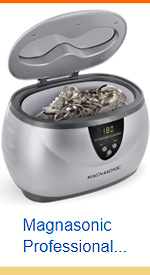

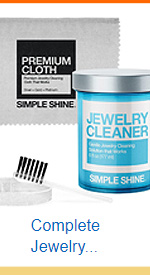
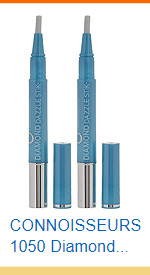
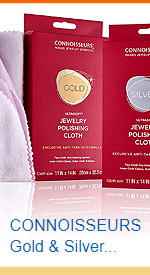
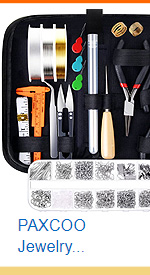
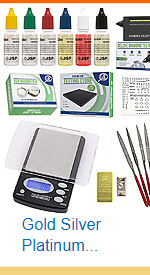

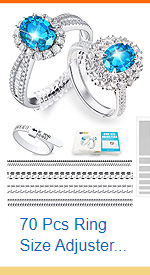
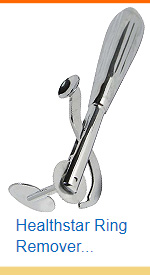
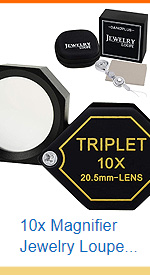
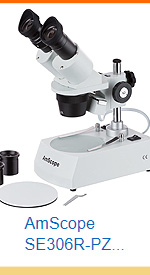
Leave a comment